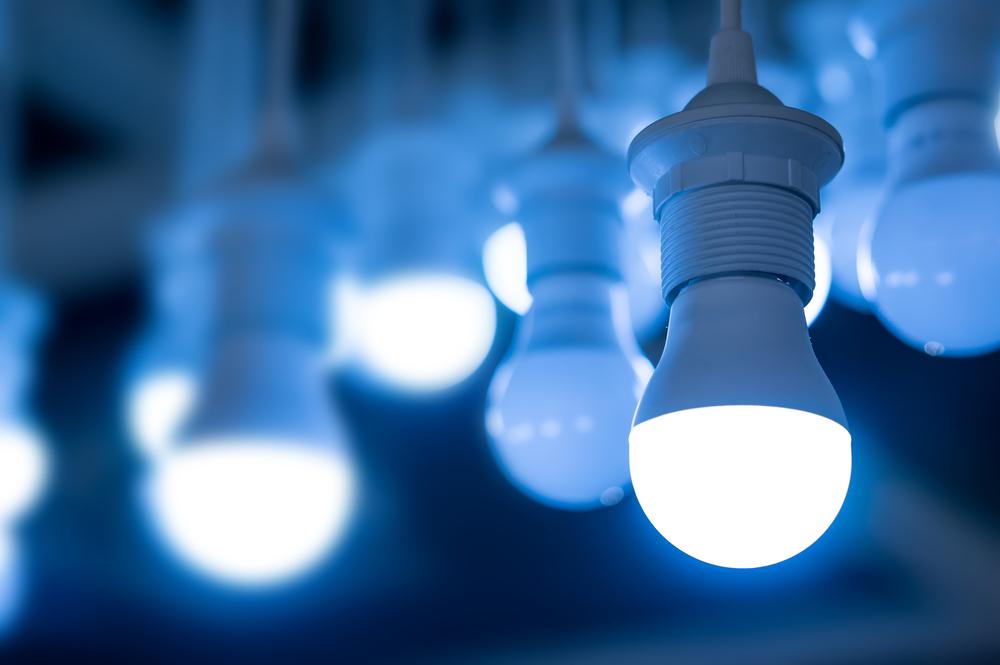
How Does Blue Light Impact Plants?
We recently investigated how everyday consumption of blue light impacts humans. Emphasizing the health risks of overexposure, we saw how LEDs can suppress blue light’s detrimental impact on humans. In this post, we will explore how plants are affected by changes in the electromagnetic spectrum. With advancements in LED technology and increased spectral control, we can observe how colored light (specifically blue light) contributes towards plant growth and flowering.
What is Blue Light?
Blue light is a specific range of wavelengths within the visible light spectrum. The electromagnetic spectrum encompasses every wavelength, from gamma rays and x-rays to microwaves and radio waves. The visible light portion of the spectrum falls between ultraviolet radiation and high-frequency microwaves. Longer wavelengths of visible light are red, orange, yellow, etc., and as we shift towards cooler colors like blue light, the smaller the wavelengths get.
Because different wavelengths carry different measures of energy, higher levels obviously have a more significant impact on the amount of energy a plant absorbs.
Can Blue Light Affect Plant Growth?
First, plants do react differently to different colored lights. While blue light might not be as efficient as other wavelengths of electromagnetic energy, its presence is still necessary for the growing process. “Generally, only a low intensity of blue is needed in a light spectrum for fully functional photosynthesis” (GPNMag). Blue light is responsible for regulating the “stomata” of plants. Stomata are pores in the epidermis of leaves and stems in plants that facilitate gas exchange. These pores open and close to allow the intake of carbon dioxide and the discharge of oxygen. This feature is crucial for photosynthesis to occur, and therefore demands the presence of blue light.
That said, blue light often does suppress growth in some plants: “Plants grown with blue light are usually shorter and have smaller, thicker and darker green leaves compared to plants grown without blue light.” At first, this may seem like a disadvantage. Why would the use of blue light be beneficial if it has inferior growing capabilities? The answer: because the ability to have a regulating feature for inhibiting indoor or greenhouse growing is a never-before-seen innovation. Additionally, wavelengths can influence leaf coloration and promote vegetative growth. Blue light and shorter wavelengths can be extraordinarily useful in the development of compounds which increase the vitamin levels, quality, and overall healthiness of crops. Finally, blue light, serving as a regulator, can be used in conjunction with red light to increase the flowering of plants.
Overall, LEDs give us a greater ability to experiment with colored lighting. LEDs are known for their advanced and unprecedented capabilities in many fields. They are more efficient, more environmentally friendly, and more versatile than any other mainstream lighting technology before them. Plus, using CWES technology, greater spectral control can be achieved--regardless of the lighting situation’s demands. As evidenced by this article, LEDs can provide new opportunities for horticulture and plant growth. Have questions about LEDs and their functions? Need an environmentally friendly warehouse, commercial building, or parking lot lighting solution? CWES has what you’re looking for! Browse our website or contact us at (480)-998-1694.